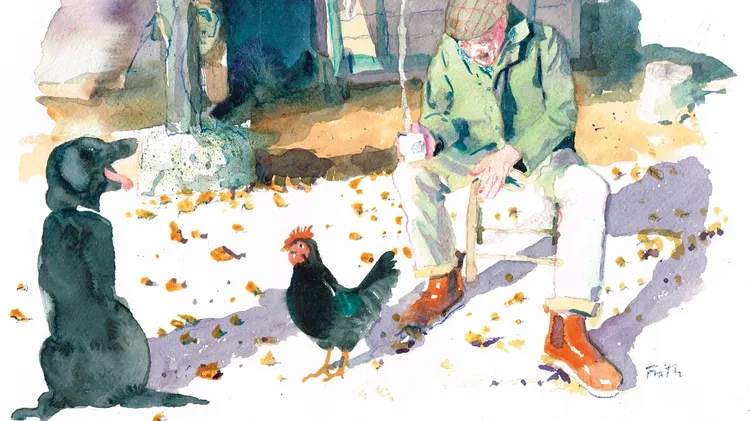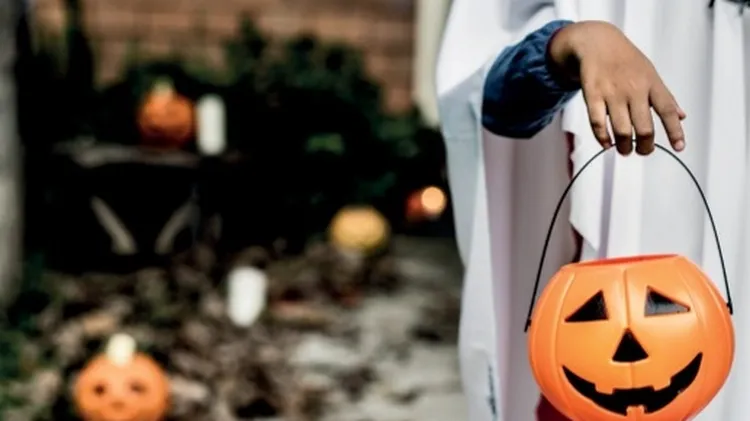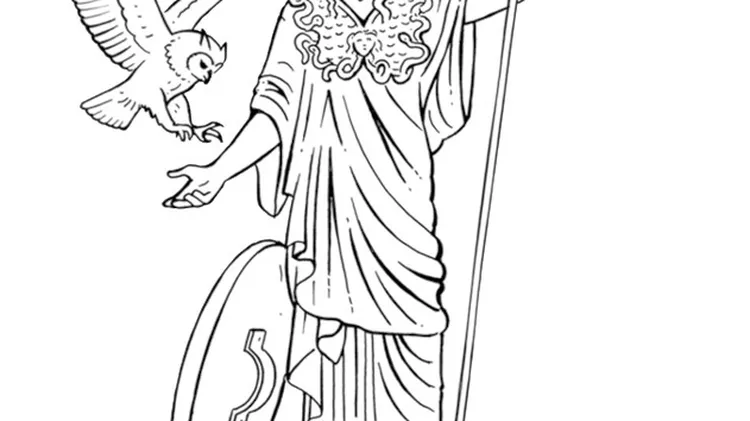PAUL SIEVEKING digs up the latest
Archæologya monthly excavation of oddities and antiquities
6 min read
This article is from...
Read this article and 8000+ more magazines and newspapers on Readly






